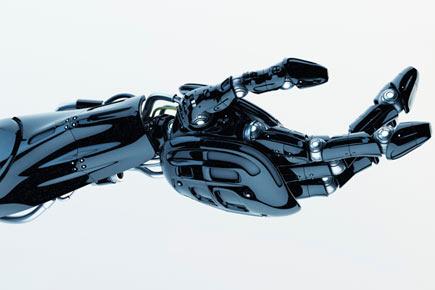Engineers have developed an artificial hand that has sensory properties and can perform extremely precise movements

Artificial hand
London: Engineers have developed an artificial hand that has sensory properties and can perform extremely precise movements.
ADVERTISEMENT
The research team led by professor Stefan Seelecke from Saarland University is using a new technology based on the shape memory properties of nickel-titanium alloy.

Representational picture
The new technology enables the fabrication of flexible and lightweight robot hands for industrial applications and novel prosthetic devices.
The muscle fibres are composed of bundles of ultrafine wires that are able to tense and flex. The engineers have provided the artificial hand with muscles that are made up from ultrafine nickel-titanium alloy wires whose diameter is similar to that of a human hair and that can contract and relax.
"Shape-memory alloy (SMA) wires offer significant advantages over other techniques," said Stefan Seelecke.
The term 'shape memory' refers to the fact that the wire is able to 'remember' its shape and to return to that original predetermined shape after it has been deformed.
Multiple strands of shape-memory wire connect the finger joints and act as flexor muscles on the front-side of the finger and as extensor muscles on the rear.
"Tools fabricated with artificial muscles from SMA wire can do without additional equipment, making them light, flexible and highly adaptable," Seelecke added.
In order to facilitate rapid movements, the engineers copied the structure of natural human muscles by grouping the very fine wires into bundles to mimic muscle fibres. These bundles of wires are as fine as a thread of cotton, but have the tensile strength of a thick wire.
Another effect of using the shape-memory metal wires is that the hand can respond in a natural manner when someone intervenes while a particular movement is being carried out.
This means that humans can literally work hand-in-hand with the prototype device. A semi-conductor chip controls the relative motions of the SMA wires allowing precise movements to be carried out. And the system does not need sensors.
 Subscribe today by clicking the link and stay updated with the latest news!" Click here!
Subscribe today by clicking the link and stay updated with the latest news!" Click here!






